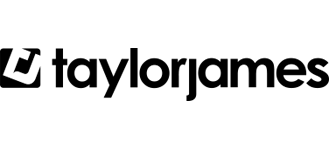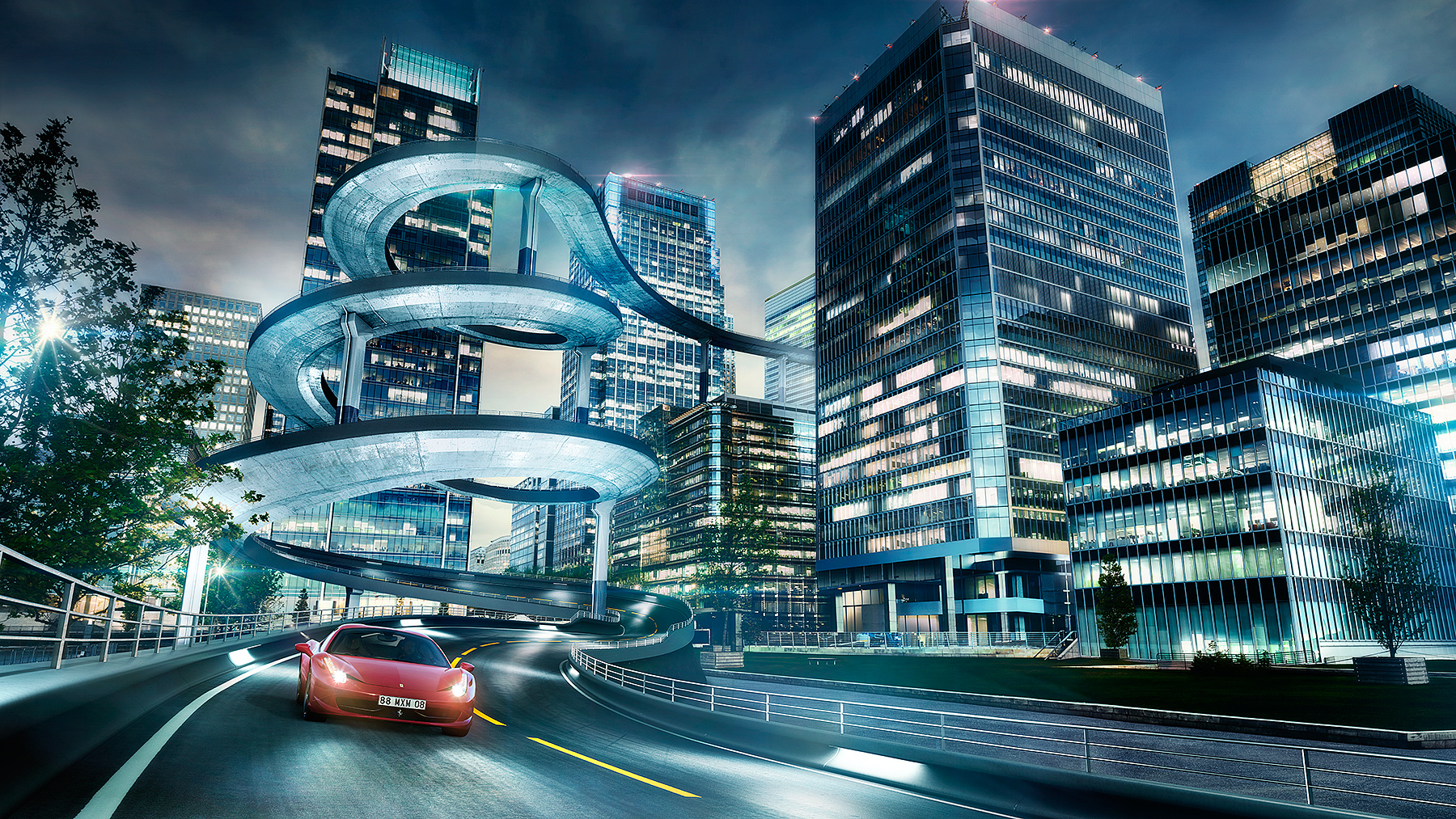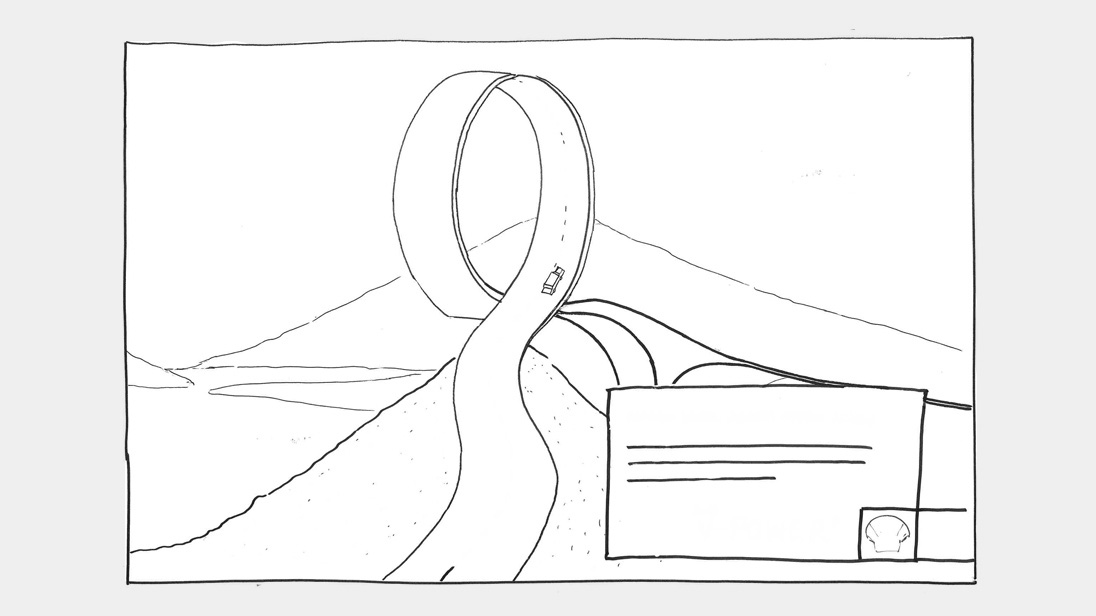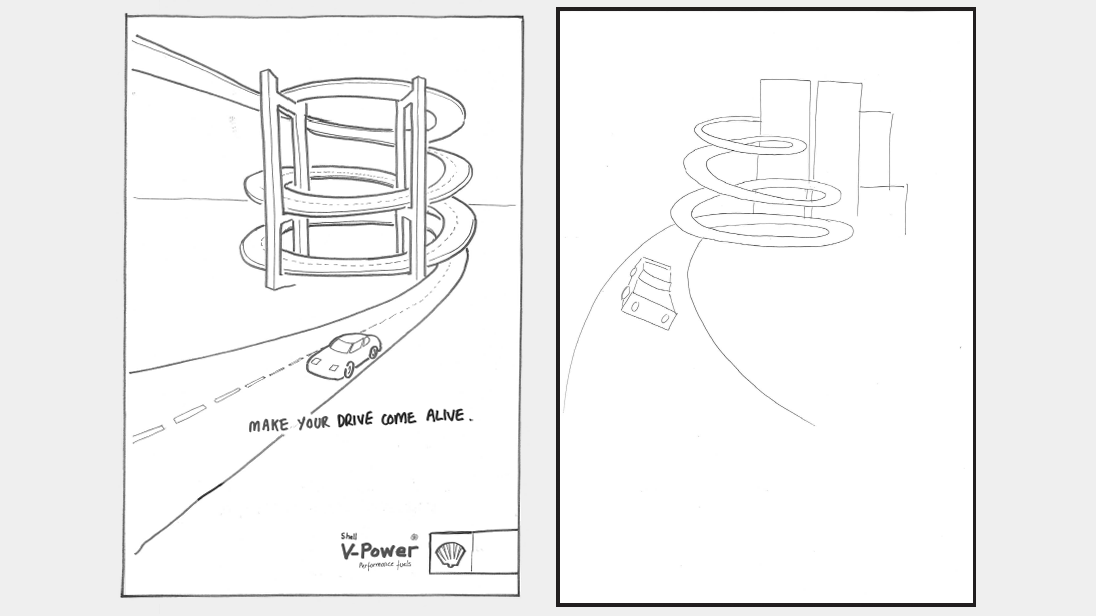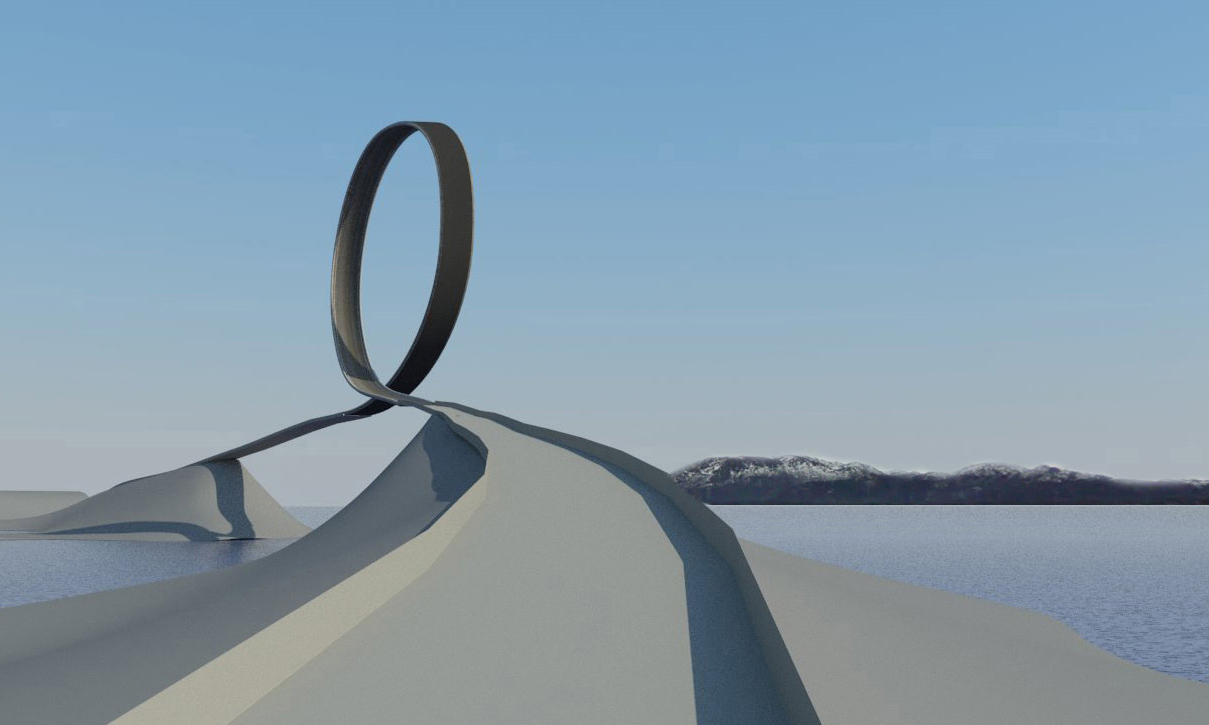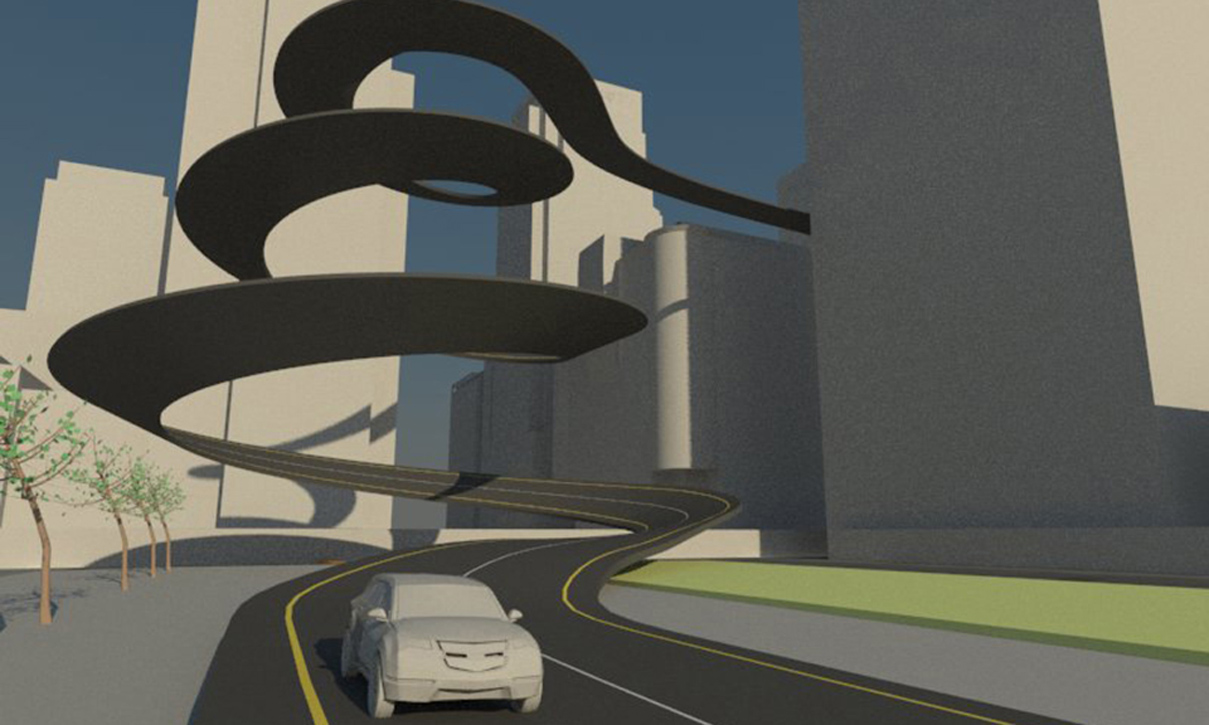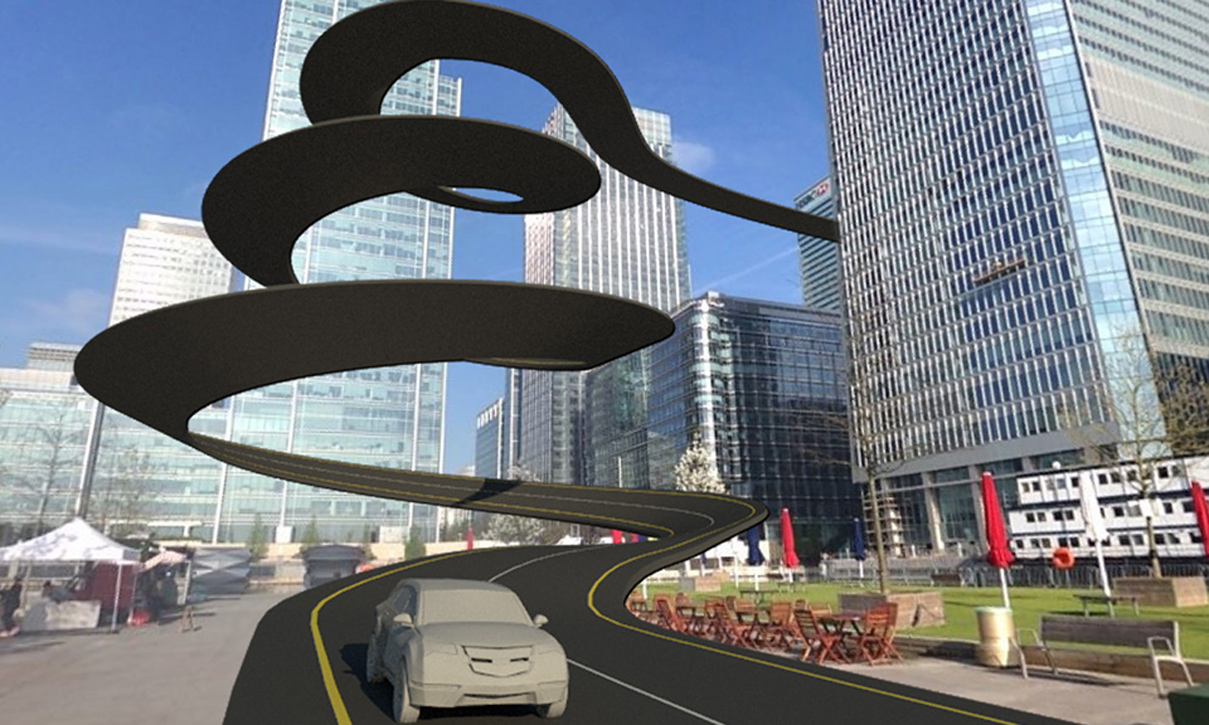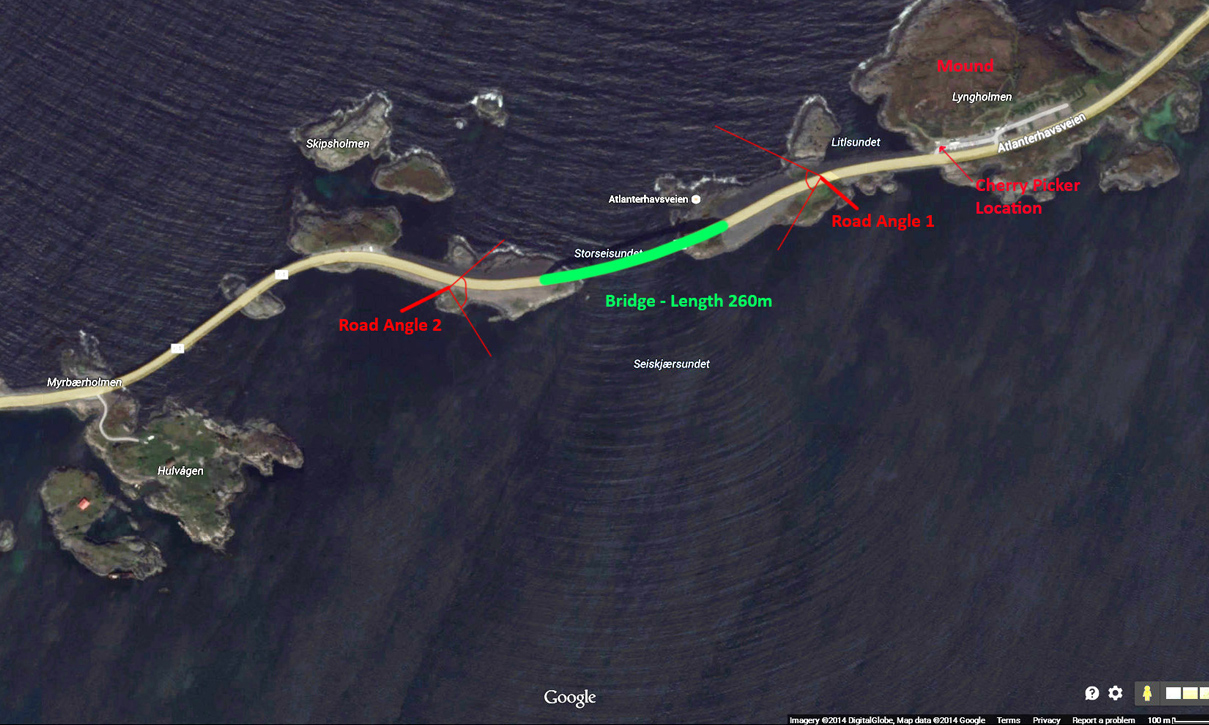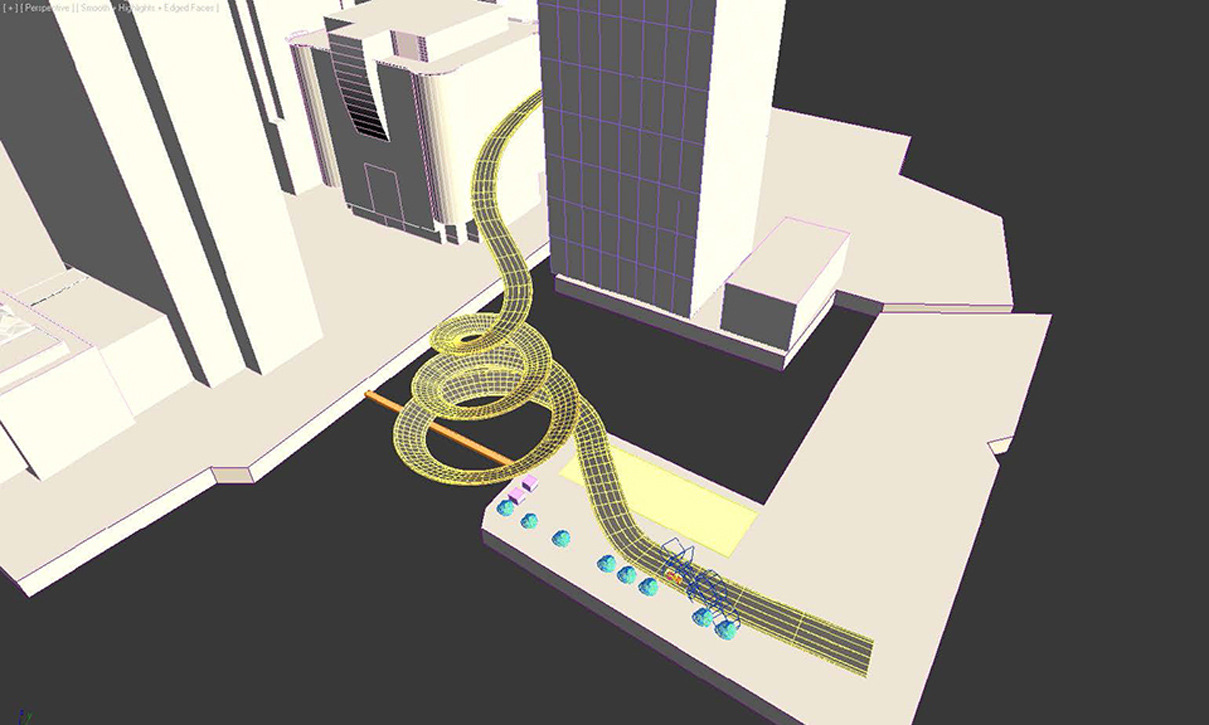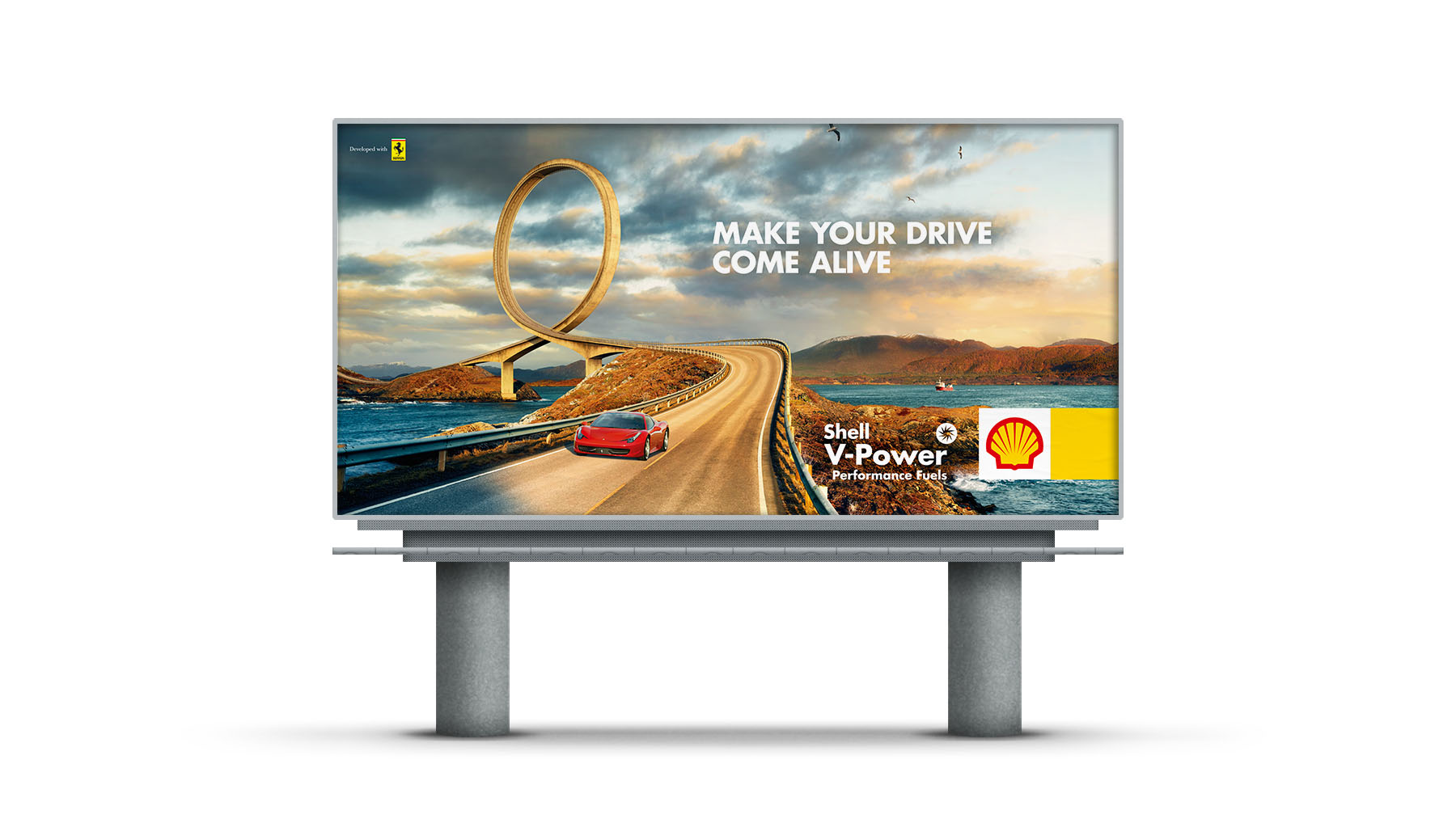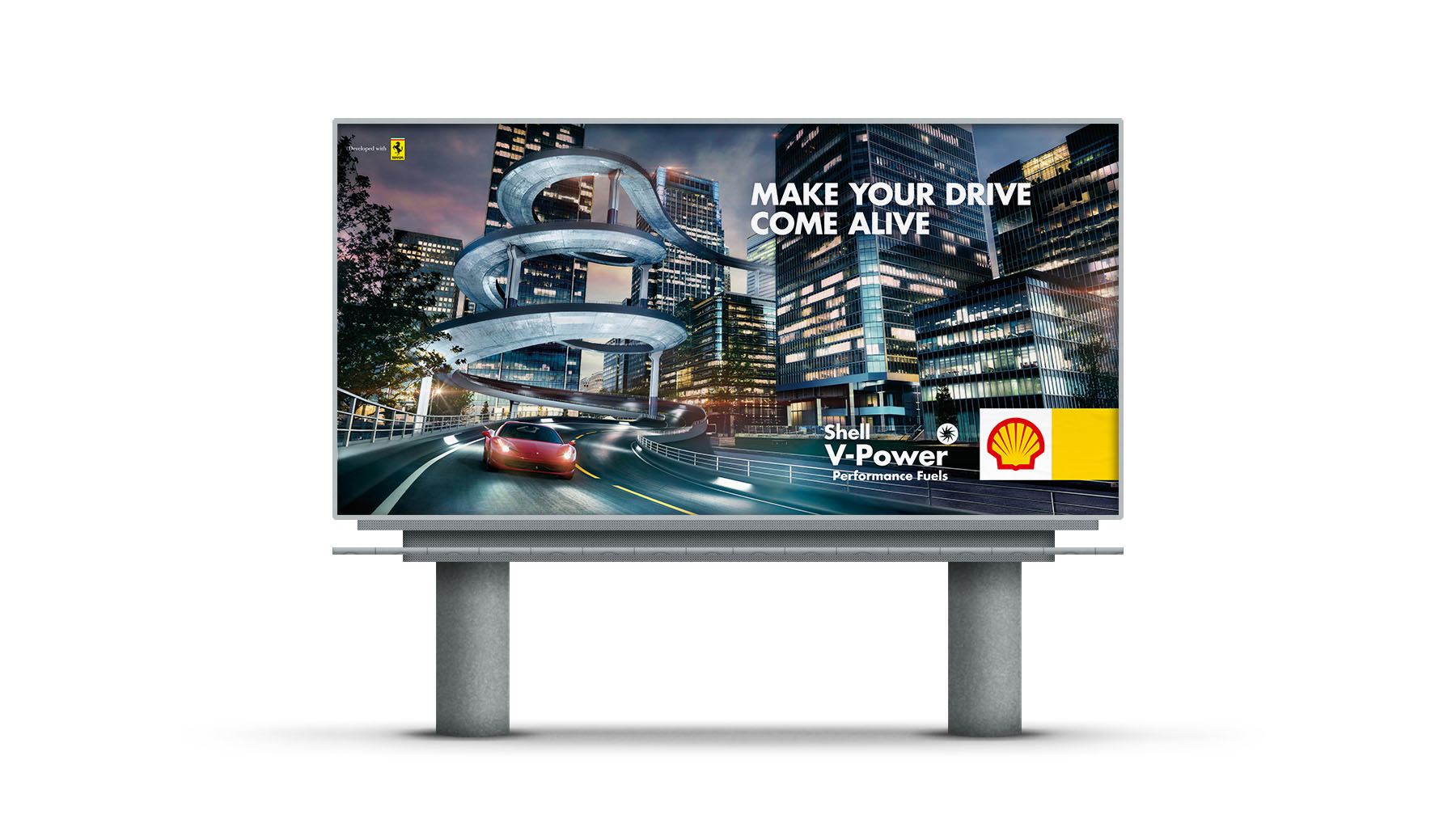Shell V-Power
...
Landscapes with a twist strike a cord with drivers in this far-reaching press and poster campaign. JWT’s concept required real and imagined worlds to unite.
We worked up a 3D model to prove the concept at pre-production stage, and then Andy Glass went to shoot at Atlantic Road, Norway, and in the Docklands, London, whilst we developed the CGI. This seamless integration of disciplines, and a little retouching magic, shows how an intelligent approach from the start can bring a concept alive.
